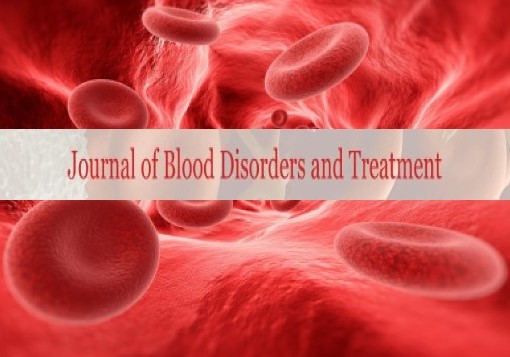Diagnostic and treatment strategies for aplastic anaemia
#Equally contribution
Received: 02-Sep-2021 Accepted Date: Sep 16, 2021; Published: 23-Sep-2021
This open-access article is distributed under the terms of the Creative Commons Attribution Non-Commercial License (CC BY-NC) (http://creativecommons.org/licenses/by-nc/4.0/), which permits reuse, distribution and reproduction of the article, provided that the original work is properly cited and the reuse is restricted to noncommercial purposes. For commercial reuse, contact reprints@pulsus.com
Introduction
Aplastic anaemia may be a rare, antecedently fatal condition with a considerably improved survival rate because of advances in understanding of the pathophysiology and improved treatment methods together with hematogenic vegetative cell transplantation. Though a rare condition, anaemia continues to gift a high burden for affected patients, their families and also the health system thanks to the prolonged course of illness typically related to high morbidity and also the uncertainty concerning clinical outcome. Trendy molecular and genetic techniques together with nextgeneration sequencing have contributed to a more robust understanding of this heterogeneous cluster of conditions, albeit at a value of raised quality of clinical decision-making concerning prognosis and selection of treatment for individual patients. Here we tend to gift a curt and comprehensive review of anaemia and closely connected conditions supported intensive literature review and long-standing clinical expertise [1].
Aplastic anaemia may be a stem-cell disorder that ends up in cytopenia and hypocellular bone marrow. Though most cases square measure nonheritable, there square measure uncommon familial forms. The pathophysiology of nonheritable anaemia is immune mediate in most cases; autoreactive lymphocytes mediate the destruction of haematopoietic stem cells. Environmental exposures, like to medication, viruses, and toxins, square measure thought to trigger the aberrant reaction in some patients, however most cases square measure classified as upset. Equally to alternative response diseases, anaemia features a varied clinical course; some patients have gentle symptoms that necessitate very little or no medical aid, whereas others gift with severe cytopenia representing a medical emergency. Attack nocturnal hemoglobinuria and myelodysplastic syndrome normally arise in patients with anaemia, showing a pathophysiological link between these disorders [2].
Careful attention and investigation, together with molecular testing, is needed to substantiate the identification and exclude alternative mimicking conditions, like familial bone marrow failure syndromes. During a proportion of patients, the illness evolves to myelodysplasia or acute myeloid cancer ANd in some there’s an association with attack nocturnal hemoglobinuria. The illness features a major impact on patient quality of life. haematopoietic stem/progenitor cell transplantation for eligible patients with AN on the market donor is that the solely current curative medical aid. alternative patients might receive immunological disorder, most ordinarily with anti-thymocyte simple protein and cyclosporin. AN initial response to immunological disorder is usually encouraging, however relapse is common. Auxiliary care, together with management of transfusion needs and infections, is central to management. Promising new diagnostic tools and rising therapies can possible rework approaches to the current vital, chronic and severe condition [3].
Acute malignant neoplastic disease, secondary myelodysplasia and attack nocturnal symptom evolving from severe anaemia (AA) following immunological disorder medical aid square measure well recognized. However, severe AA occurring when complete remission of acute promyelocytic malignant neoplastic disease (APL) has been documented one time in 2009. We tend to report a case of 30-year-old male diagnosed with APL WHO achieved complete genetic science remission with all-trans retinoic acid primarily based induction programme and developed severe AA few months later throughout maintenance medical aid [4].
REFERENCES
- Eliska Furlong, Tina Carter. Aplastic anaemia: Current concepts in diagnosis and management. J Paediatr Child Health. 2020;56(7):1023- 1028.
- Robert A Brodsky, Richard J Jones (2005). Aplastic anaemia. Leuk Lymphoma. 2005; 365(9471):1647-56.
- Danielle B Clucas, Lucy C Fox, Erica M Wood, et al. Revisiting acquired aplastic anaemia: current concepts in diagnosis and management. Intern Med J. 2019 ;49(2):152-159
- Rajeshwari Satish Handigund, Prakash R Malur, Annasaheb J Dhumale, et al. Severe Aplastic Anemia Manifesting after Complete Remission of Acute Promyelocytic Leukemia: Is it a Fortuitous Association? Indian J Hematol Blood Transfus. 2014 ;30(1):64-7





